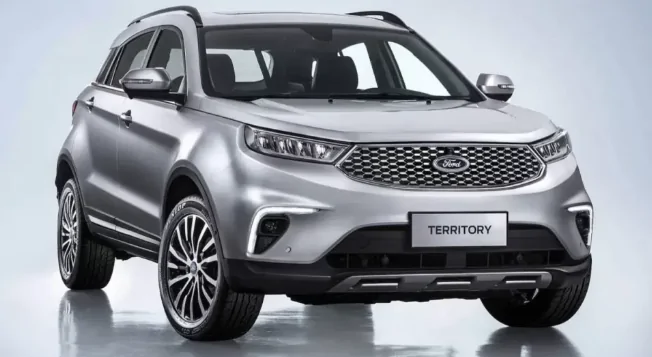How to track ford orders and what is tracking system?

Part 1: Ford Order Tracking
When purchasing a Ford vehicle, it’s important to know the status of your order and when you can expect to receive your new car. To make this process easier, Ford offers a comprehensive order tracking system that allows customers to track their orders online.
Ford’s order tracking system provides real-time updates on the status of your order, from the moment it’s placed to the moment it’s delivered. The system is designed to provide customers with peace of mind, knowing that their order is being processed and that they’ll be able to receive their new vehicle on time.
To track your Ford order, you’ll need to visit the Ford website and log in to your account. Once you’re logged in, you’ll be able to view your order history and track the status of your current order. You can also receive notifications via email or text message, so you’ll always know the status of your order, no matter where you are.
The tracking system provides customers with a range of information about their order, including:
Estimated delivery date: The system will provide you with an estimated delivery date based on the current status of your order.
Production status: You’ll be able to see where your vehicle is in the production process, from the moment your order is received to the moment it’s shipped.
Vehicle tracking: Once your vehicle has been shipped, you can track its progress as it makes its way to your local dealership.
Dealer information: You’ll be able to view the contact information for your local dealership, so you can get in touch with them if you have any questions or concerns about your order.
Overall, Ford’s order tracking system is designed to provide customers with an easy and convenient way to track their orders and stay up-to-date on the status of their new vehicles.
Part 2: Tracking Systems
CTA Tracking systems are becoming increasingly common in today’s world, as more and more businesses and individuals seek to keep track of their assets and monitor their movements. There are a wide range of tracking systems available, each with its own unique features and capabilities.
Here are some of the most common types of tracking systems:
Vehicle tracking systems: These systems are designed to track the location and movements of vehicles. They’re commonly used by businesses that need to keep track of their fleet of vehicles, as well as individuals who want to monitor the location of their personal vehicles.
Asset tracking systems: These systems are designed to track the location and status of valuable assets, such as equipment, machinery, and electronics. They’re commonly used by businesses that need to keep track of their assets and ensure that they’re being used in the most efficient and effective way possible.
GPS tracking systems: GPS tracking systems use satellite technology to track the location and movements of objects or people. They’re commonly used by law enforcement agencies, as well as businesses and individuals who want to keep track of the location of their assets or loved ones.
RFID tracking systems: RFID (Radio Frequency Identification) tracking systems use radio waves to track the location and movements of objects or people. They’re commonly used in manufacturing and supply chain management, as well as in healthcare to keep track of patients and medical equipment.
Employee tracking systems: These systems are designed to track the movements and activities of employees. They’re commonly used by businesses to monitor employee productivity, ensure that employees are working in a safe and efficient manner, and provide valuable data for performance evaluations.
Overall, tracking systems are becoming increasingly important in today’s world, as businesses and individuals seek to monitor their assets and ensure that they’re being used in the most efficient and effective way possible. Whether you’re tracking the movements of a vehicle or monitoring the productivity of your employees, there’s a tracking system that’s right for




